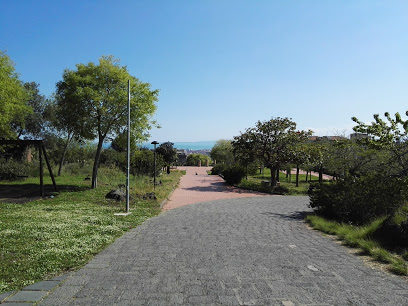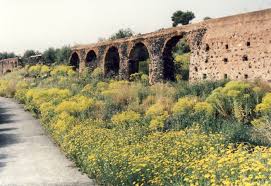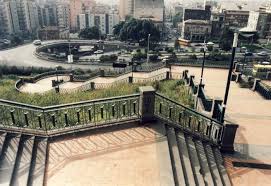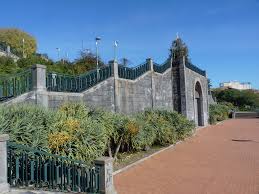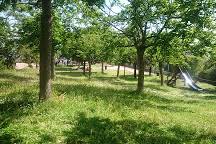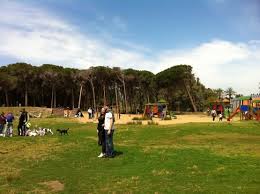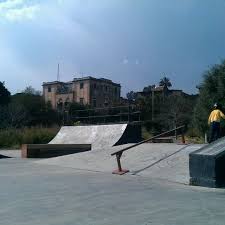History
It was the first time we talked about building a city park in the Tondo Gioeni area in 1931 when the project was incorporated into a city plan developed by architect Michelangelo Mancini. The project was approved in 1942 but remained on paper after the outbreak of World War II. The project was repeatedly addressed in the post-war period, but never succeeded in achieving it. In the reign of Mayor Ignacio Marcocchio, in 1972, finally agreed to approve the executive project, and thus to the beginning of the functions achieved, very slowly, taking advantage of three consecutive funds in the Sicily region. The garden was completed in the mid-1990s and was inaugurated during the second term of the mayor, Enzo Bianco, more than sixty years after the first project.
the garden
The garden area is about 75,000 square meters and is therefore larger than the Bellini Garden. It is made in the form of volcanic lava and contains plant plants from the Mediterranean region mainly containing scattered extracts such as olives, bougainvillea, oolander and cactus, such as cactus and prickly pear. The tracks and antiques are made of stone Etna lava. The garden is equipped with children's play areas, chairs and walkways. The area comprises part of the ruins of the ancient Roman canal in Catania [source] (the source of which was named Canalicchio). Despite being at the end of Etnea Road, the historic urban artery, the park is not easily accessible because it is isolated from it through the Gioeni Tour, a very busy junction. The large height differences inside it do not facilitate its use and tree shade is not enough. In 2013, the overall appearance shows poor maintenance as well as improper use by displaced persons.
There are many events that aim to re-evaluate the park. These include the Zanne Festival, the Teatro di Paglia and the Catania Cycling Festival. Making the creation of beautifully maintained bamboo houses, a skate park frequented by them at any time, and areas for dog riding (and subsequent assignment to individuals) make the park frequented even in the absence of musical and sporting events. ]

